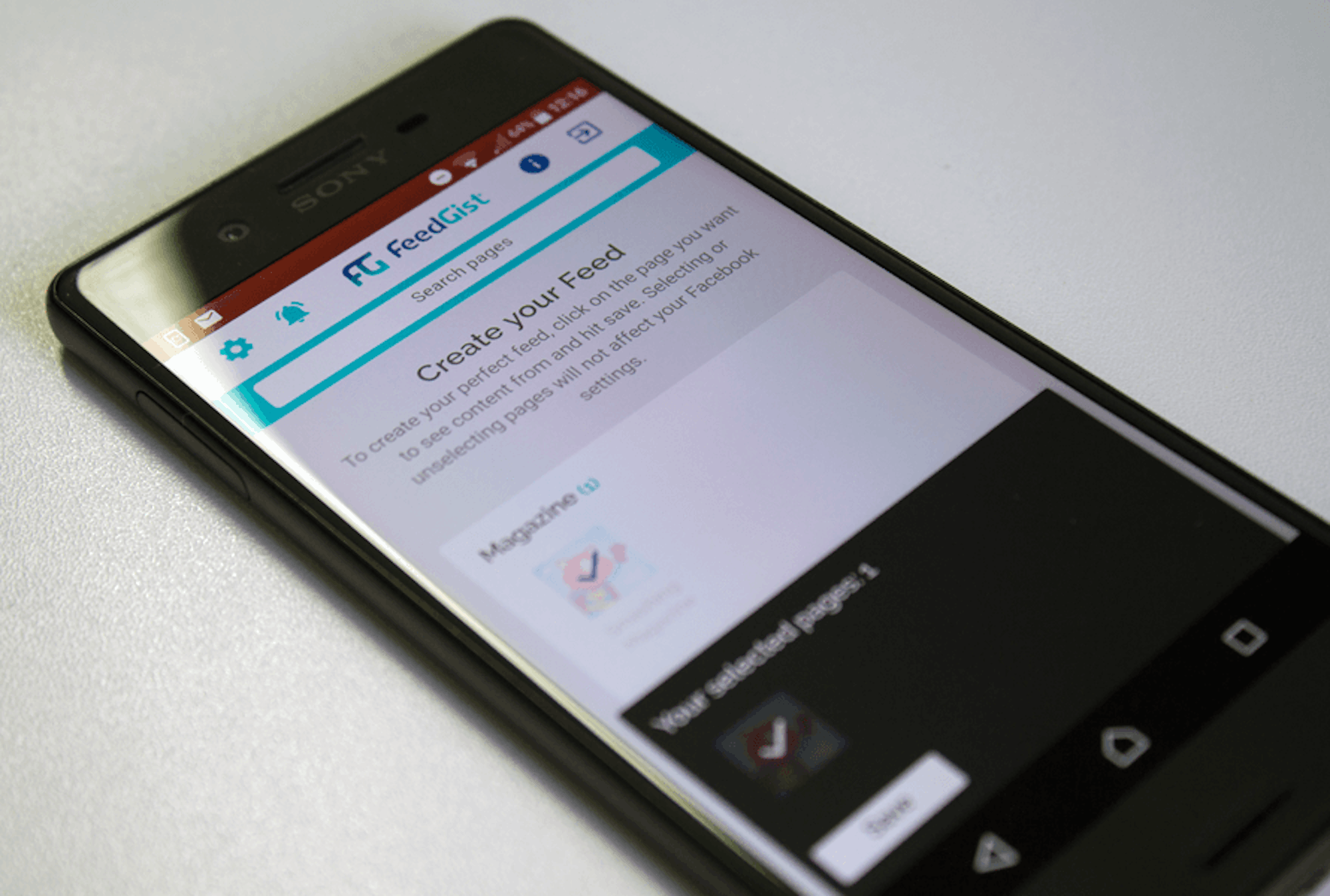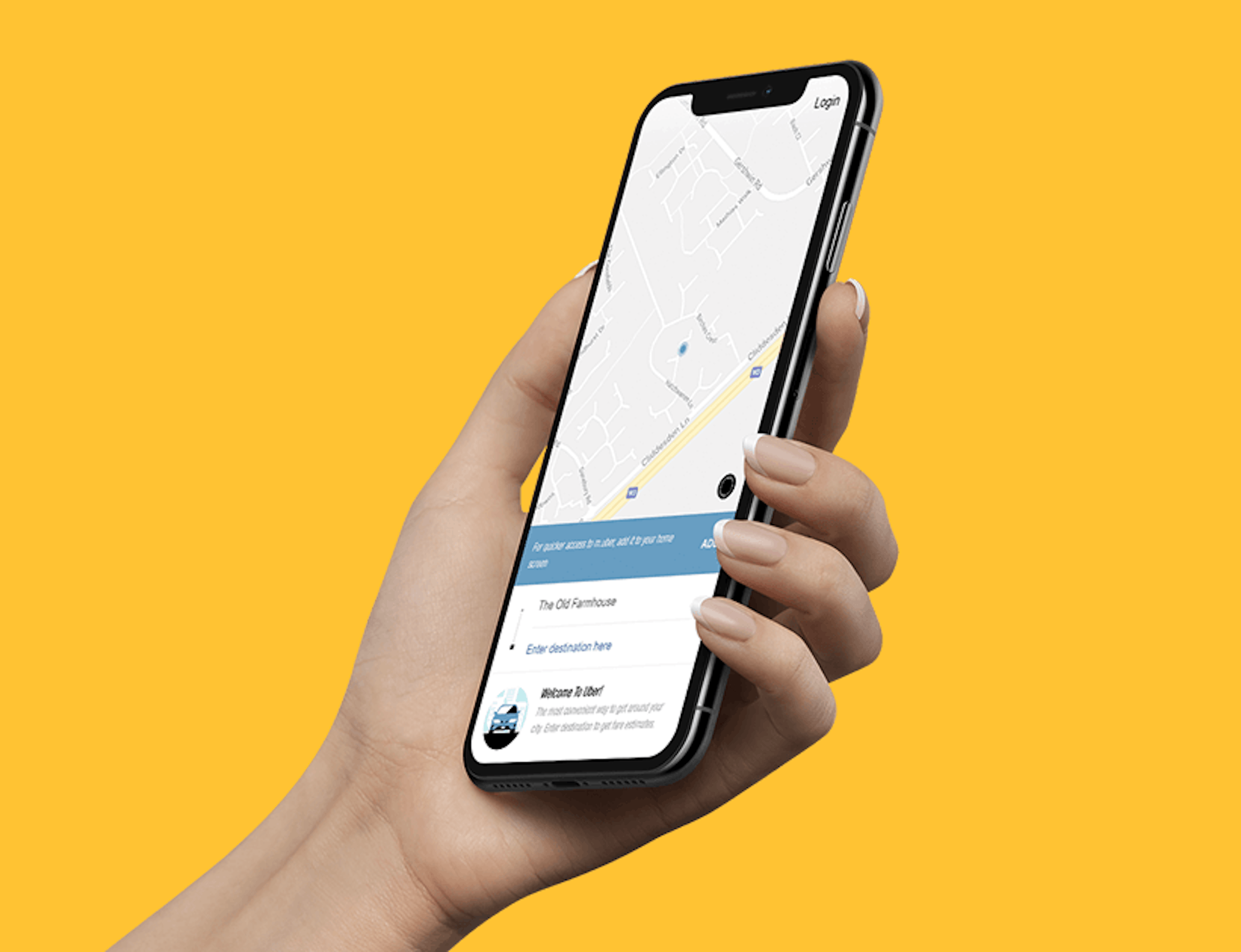The web design industry has a love/hate relationship with jargon. From a web developer’s point of view, it is very useful to be able to differentiate, in detail, between highly technical and often complex technologies or methods. Equally, it is incredibly frustrating for clients who are not technically-minded when they feel like they need to employ a translator just to figure out what their website will look like.

Progressive Web Apps (PWAs) are one of the latest and most exciting bits of technology to hit the web design industry. If it sounds like just another bit of techy jargon, then keep reading for what it means, and why it’s good news for web designers and website owners alike!
What is a Progressive Web App?
Progressive Web Apps are applications that load and can be accessed like a normal website but offer the increased functionality of native mobile applications. Essentially, it is a mixture of the best bits of web development and native apps. PWAs can allow users to work offline, receive push notifications and navigate web pages in a more user-friendly app-based way. The ‘Progressive’ part of the name is because any can use them, regardless of browser choice.

Progressive Web Apps can trace their lineage as far back as 2005 and the advent of responsive web design. There was another push again in 2007 with the release of the iPhone but web apps of this era were simply no match for native applications. They were easier to use and, importantly, much quicker than having to load something in a browser. It was 2010 before developments to HTML5 and Javascript and more capable browsers meant anything resembling a Progressive Web App appeared.
The actual term, Progressive Web App, wasn’t coined until 2015 by Alex Russel, a Google Chrome engineer. They were described as apps that, in Alex’s own words, “aren’t packaged and deployed through stores, they’re just websites that took all the right vitamins.” Because PWAs are inherently progressive users get all the benefits of native app development, and the flexibility of the web without having to make an install choice up-front. Very much a win-win scenario.
If you want to delve into the more technical side of Progressive Web Apps you can check out a case study of one we developed for FeedGist here.

What Are the Benefits of a Progressive Web App?
PWAs are very exciting for web designers and developers. They are another string to the bow and there are now more fun and engaging things to be built with their toolboxes. But the excitement shouldn’t just be contained to those on the development side – PWAs also bring a whole host of great things for website owners and users! Let’s take a rundown:
- Progressive and responsive.
The clue is sort of in the name here, but what this means in real terms is that they work for every user. Regardless of browser choice or hardware, because they’re built with progressive enhancement in mind. They’re also responsive so they adapt to any screen size you can throw at them. - They work offline.
The ability for PWAs to work offline is one of their most valuable. Progressive Web Apps can work in low-quality connection areas, and even offline – automatically re-syncing when connection is restored. The use cases that would benefit from this are numerous! - They’re small and, importantly, very fast.
Long load times are experience killers. People want to wait for your website to load about as much as they want to watch paint dry. Progressive Web Apps are smaller than native apps, so take up less space and the technology used means they load much quicker than traditional websites – Uber’s PWA loads in under 2 seconds. This will have a huge impact on your SEO rankings as Google loves sites that load quickly. - They’re searchable.
As we’ve already touched on, there’s no need to download or install a PWA. You just need to search for them online as you would any other website – probably via Google. This means your company is findable and you can use all your SEO tricks to make sure you’re near the top of the rankings.

- Push notifications!
Because Progressive Web Apps benefit from the same functionalities as native apps you have the ability to be able to send push notifications to your users. These can work great for engaging users, directing them to certain pieces of content or even reminding them to convert or finish their purchase. - They can look and feel like apps.
People love using apps. They simplify the experience and make information easy to find and tasks easy to complete. So, having a web design that follows this same principle is naturally a bonus. The overall user experience will be fantastic, the mobile one even better. - No downloads needed.
Whilst people do love using apps, they’ll avoid having to download or even visit the Google Play Store or Apple Store if they can avoid it. Great news for proponents of the Progressive Web App then as none of that is needed! PWAs allow users to install the website as an app on their homepage – no fuss. No App Stores means no approval process either which speeds up development time.
How do Progressive Web Apps Work With SEO?
Because we’re not talking about traditional websites it can be very easy to get mixed up with what will and won’t work for your search engine optimisation. Whether you’re using Progressive Web Apps to build your entire project or as one part of your website the first thing to understand is that using PWAs won’t carry SEO benefits just because you’re using PWAs. Don’t fret though, the other benefits of PWAs mean that the SEO impact can be significant – in a good way.
First and foremost, because Progressive Web Apps can be associated with a URL, i.e. they can act as a webpage, they are fully searchable by Google (other search engines are available!). They’ll be crawled by Google’s army of crawlers and ranked in the same manner as traditional sites. Where users of Progressive Web Apps will really see the benefit is in loading times. We have already seen how Uber has taken advantage of PWA technology to reduce loading times to under two seconds. Google will love your website for that and you can expect to see a resultant rise in the rankings as a result.
Just remember though that this doesn’t mean you can take your foot off of all the other SEO pedals. You still need to ensure your site is set up and structured correctly and that you’re taking care of business in other digital spaces like social media to increase your digital footprint.
Instead, PWAs will be used more and more to give users a more engaging experience online. The benefits are simply too good to ignore for web designers – the ability to work offline, an app-like experience including a shortcut on the home screen and all searchable and rankable by Google. There really is very little not to like. As the technology gains in popularity, it will also force those who have been rather hesitant on the uptake (ahem, Apple, ahem) to get on board.
If you think your business or website could benefit from Progressive Web App technology, then let’s talk.
